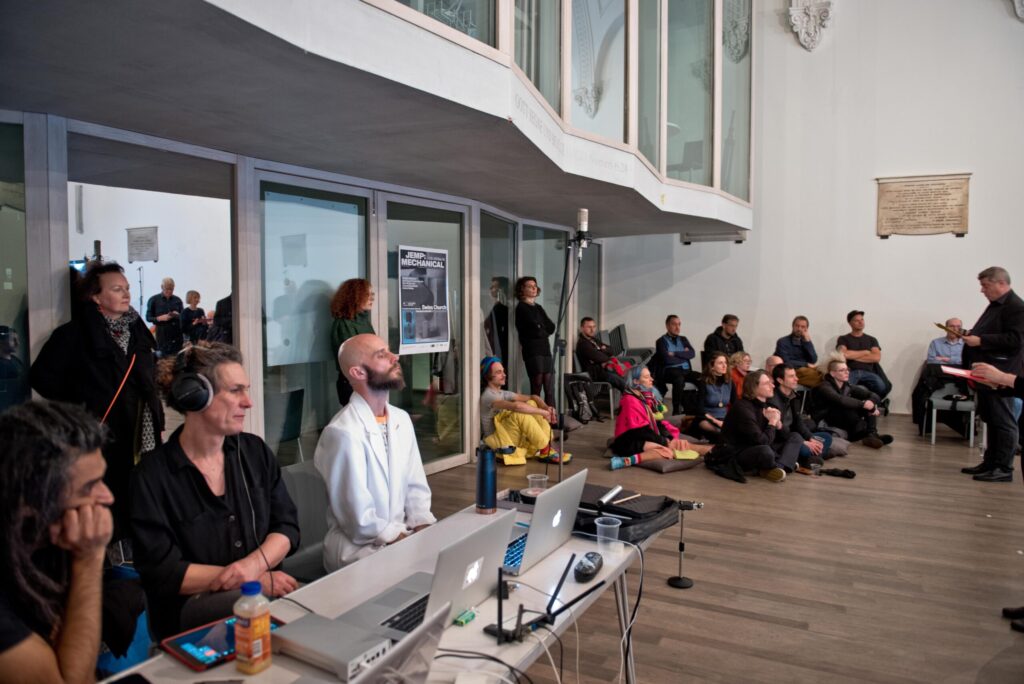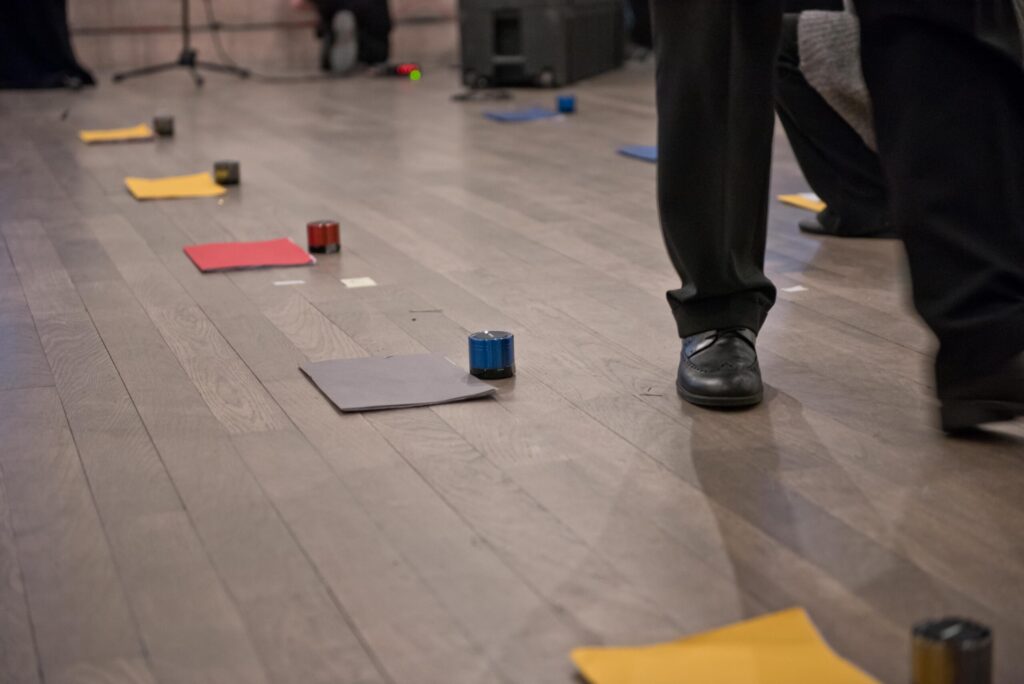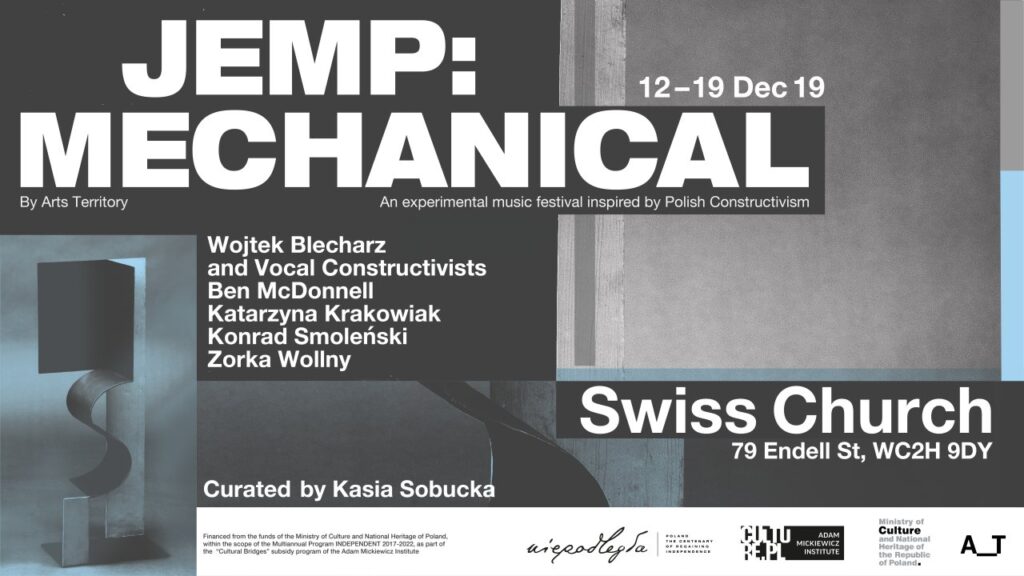
Wojtek Blecharz (b. 1981) has been curating the Instalakcje music festival at Warsaw’s Nowy Theater since 2012, featuring installations, sound sculptures, music videos, and music theater. He has directed his opera-installations Transcryptum (2013), Park-Opera (2016), and Body-Opera, commissioned by Huddersfield Contemporary Music Festival (2016). Blecharz received a prize “for perfection in music composition” at the International Summer Courses for New Music in Darmstadt, and was selected as one of winners of the IMPLUS International Composition Competition in Graz. He has composed pieces for Kwadrofonik Ensemble (Warsaw), Forbidden City Chamber Orchestra (Beijing), Klangforum Wien (Vienna), Aviva Endean (Melbourne), International Contemporary Ensemble (New York), Musiques Nouvelles (Brussels), and the Vocal Constructivists. His works have been performed at Warsaw Autumn Festival, Salzburg Biennale, Tel Aviv Museum of Modern Art, Bendigo International Festival of Exploratory Music (Australia), MATA Festival (New York), Mostly Mozart Festival (New York), and Klangwerkstadt (Berlin). He recently composed and directed a new theater piece SOUNDWORK for 8 actors, commissioned by TR Warszawa and Music for invisible places for Syrian and western instruments, commissioned by International Contemporary Ensemble.

The Vocal Constructivists premiered his Three Sound-Sculptures for Choir, based on Katarzyna Kobro’s Spatial Compositions nos. 4, 5 and 6, at JEMP: MECHANICAL 2019, curated by Kasia Sobucka. Features of Kobro’s Spatial Compositions (color, proportions, ratio, etc.) were translated into musical structures and sound actions. Drawing on the ideas of the Polish interwar avant-garde, performers explored theories of Unism and Functionalism in a site-specific performance at the Swiss Church that offered a way to experience the early 20th-century utopian belief in the ability of art to organize life and its functions. 3D-scanned images of the sculptures were shown, with sounding events taking place behind, alongside, and in front of the projections. The Vocal Constructivists articulated not only the external borders of Kobro’s sculptures but also the inside. The interior connected with the exterior in an open rhythm that began with the sculptures, moved out into the space, and found resonance in the venue.

